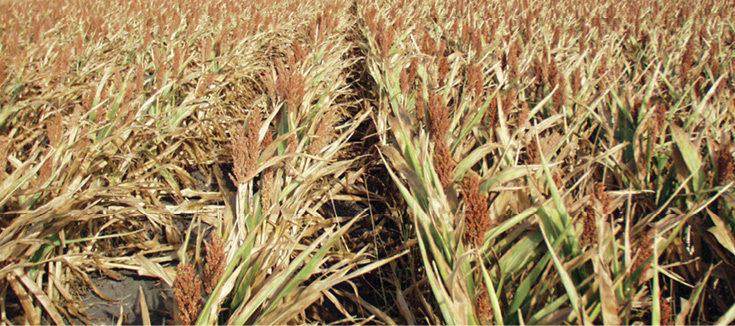No-Till Farmer
Get full access NOW to the most comprehensive, powerful and easy-to-use online resource for no-tillage practices. Just one good idea will pay for your subscription hundreds of times over.

No-tillers who abandoned corn acres in the U.S. this year due to the historic drought could turn a negative into a positive by planting cover crops on those fields.
Cereal rye, annual ryegrass, radishes, sudangrass, oats, rapeseed, sorghum and millet — or a mix of appropriate covers — could scavenge nitrogen and hold it for the next crop. In addition, they could provide a healthier environment for soil microbes through fall and winter, and serve as a source for spring forage.
But no-tillers must be careful about the seeding date and possible herbicide carryover, and adequate moisture will be needed for germination and growth.
Drought conditions can not only burn up corn plants, but also negatively impact the way soils function.
Soil microbial activity slows down in dry environments and a lack of rain means fertilizers aren’t being carried down into the soil profile, or being taken up by the corn plants.
If fields are left fallow and heavy rains ensue in fall or spring, nitrogen could be leached away and weeds could proliferate.
“A living crop is the best weed control we have and a poor crop doesn’t control weeds. That may become a problem in the future,” says Penn State University soils specialist Sjoerd Duiker. “Without a living root system, the soil structure will go backwards and nitrogen is susceptible to leaching loss.”
“If you’re going to corn next year, you can use nitrogen left in the soil if you can scavenge it,” says Dan…